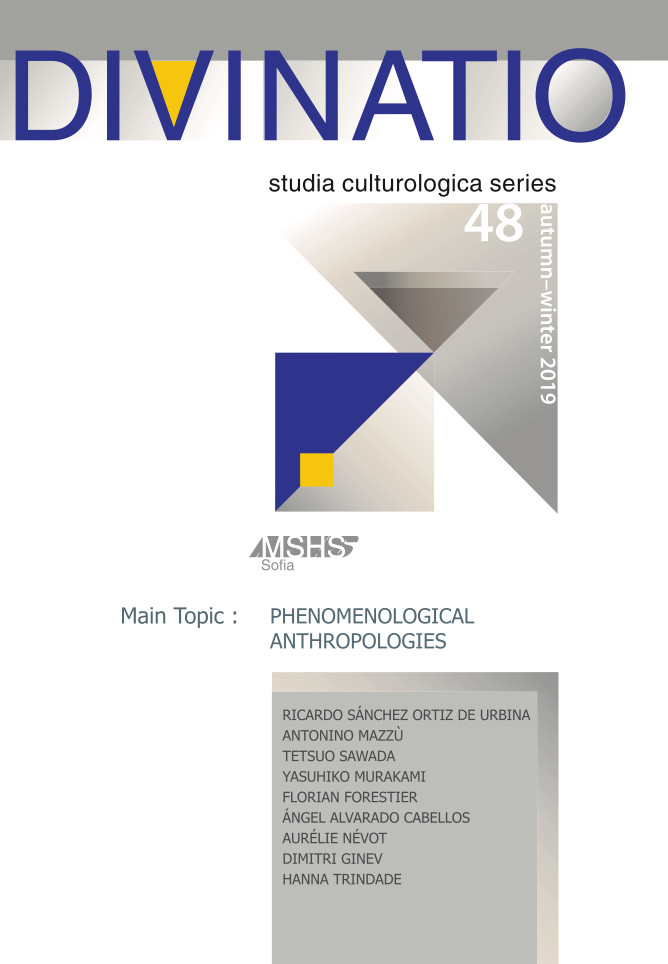
We kindly inform you that, as long as the subject affiliation of our 300.000+ articles is in progress, you might get unsufficient or no results on your third level or second level search. In this case, please broaden your search criteria.

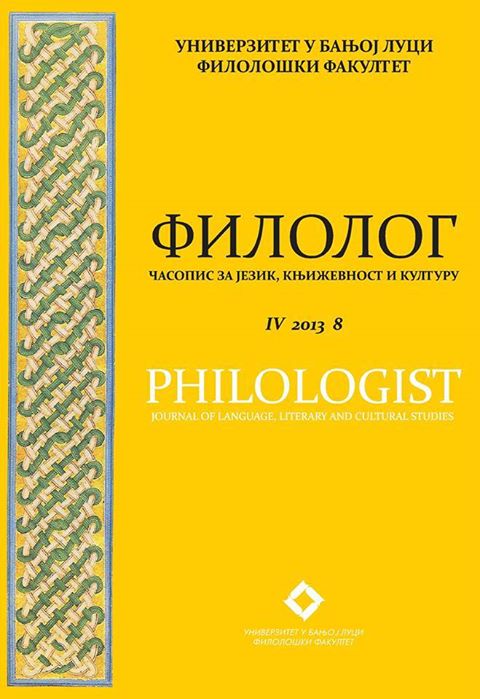
This paper deals with the review of the comic phenomenon in Nicolai Hartmann’s Aesthetics. First, the problem of indefinability, which is characteristic to the theories of laughter, is presented, and then the basic settings of Hartmann’s phenomenological philosophical system, with determination of aesthetics’ place in it, are examined. The main part of the paper focuses on the phenomenon of the comic, which is viewed from the perspective of the theory of betrayed expectations. Hartmann makes a distinction between the comic, which is characteristic of an object, and laughter as a reaction to the comic. Emphasizing the connection between laughter and ethics, he distinguishes humor, which includes the positive ethos, and blank comic entertainment, joke, irony and sarcasm, based on the negative ethos. Comic phenomenon is observed by the principles of the stratifi ed structure of the piece of art. The paper aims to show the advantages and disadvantages of this approach to the problem of comic.
More...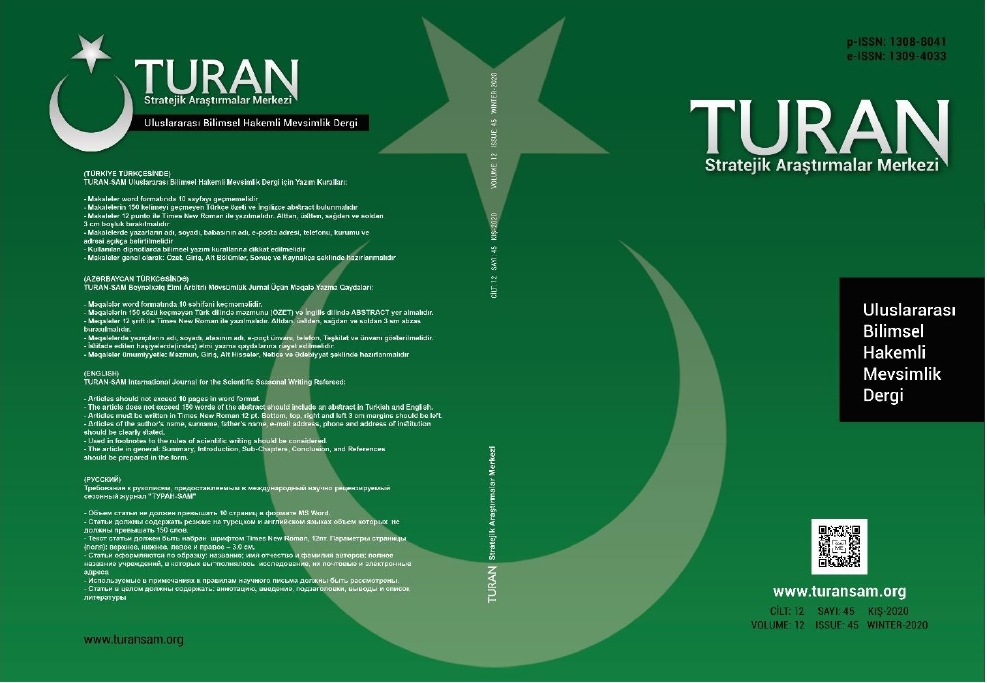
The theory of Mimesis, also meaning emulation, imitation and reflection, is an approach which expressed the thoughts and ideas of Plato and Aristotle about art that has made its presence felt up until the 19th century. In a world with the context of Mimesis theory, the environment is communicated through as the exact way it is, while at the same time the world of senses is reflection is also measured. During the historical process, Plato claimed that the reflection of the world of senses is done through the artists reflecting the reflections, while at the same time his student Aristotle was interested in to what measure can the artists can reflect the truth of nature. In this situation, Aristotle thinks that the artist acts as mirror of sorts, one that is as successful as its ability to reflect the objects in nature. According to Aristotle's Mimesis art theory, the meaning that is given to an artist from the establishments that educate artists is only meaningful when the artist stays loyal to the original image of the objects and reflects them the realest way possible. The education of art in the context of Mimesis theory can be observed through the kinds of Giotto and Masaccio towards the end of the Middle Ages with the Master-Apprentice method in their workshops, becoming role-models to many of their students. In this work, there has been an examination of upcoming artists and students of arts about their place in the context of Mimesis theory in a historical process from the 5th century BC to 19th century AD. The reflection of the Mimesis theory on the applications of art education with the differentiating stylistic changes and innovations through time from workshops to academies, from academies to schools with a modern principle on art is explained.
More...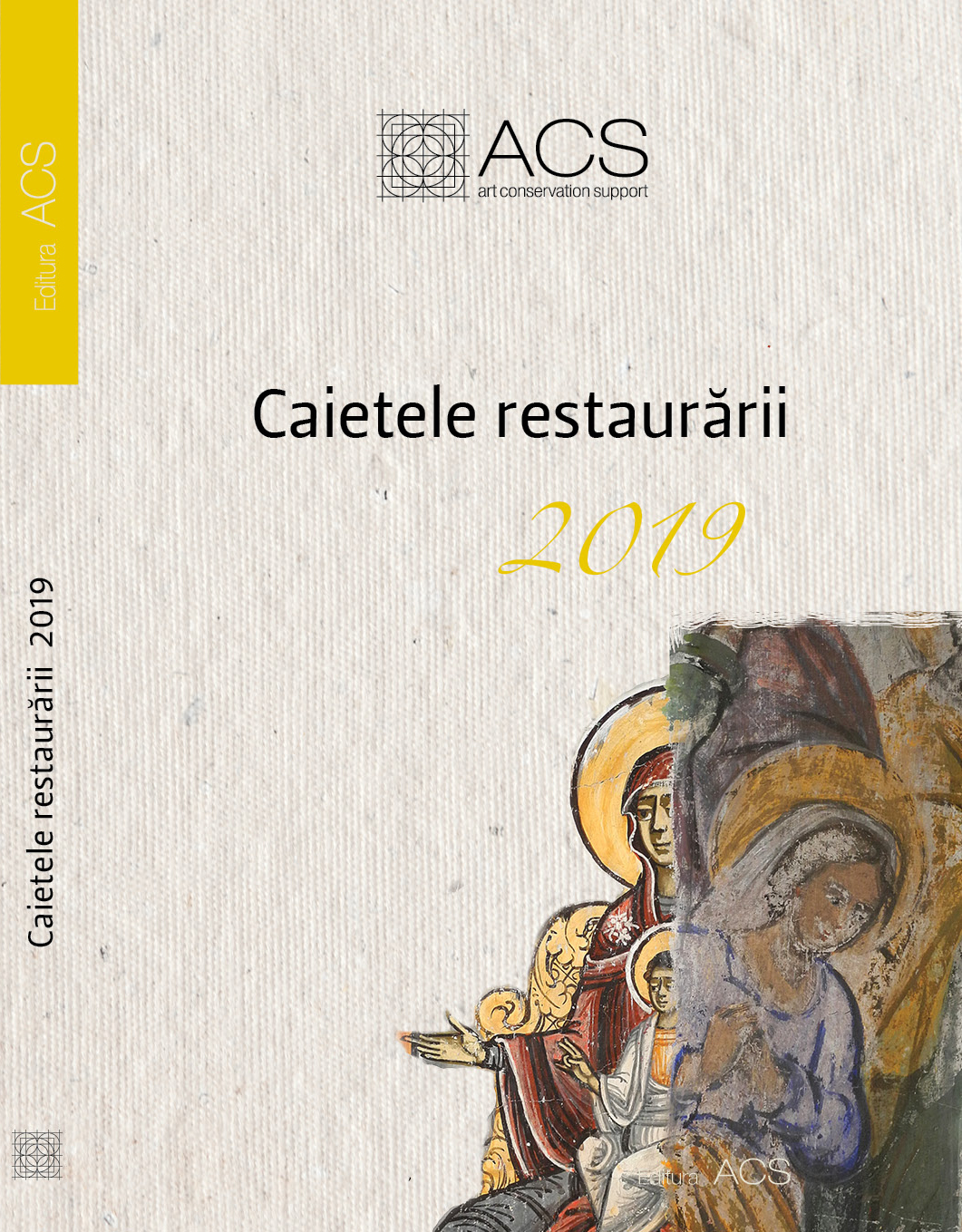
In the last 60 years, the scientific conservation and restoration has been based on certain principles. These decisive guidelines are helping those who perform the activities and also limit the impact of the materials and operations that should be executed without damaging the objects or the monuments. The simplified and vague utterance of the new norms has influenced the new generations who do not know nor respect the old principles, especially the first two, thus triggering a possible degradation of the heritage.
More...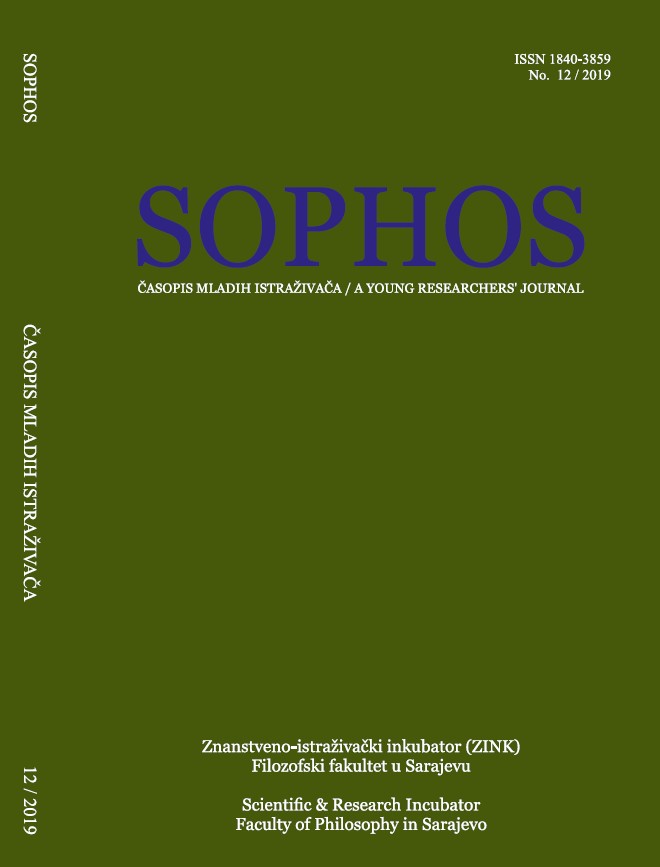
In this article I discusse about contemporary relation with the opera, its connection with film and present a descriptive analysis of the rock opera Tommy. The Post-Modern age is characterized by the deconstruction of big essentialist narratives, substantial characters, the ideal of reaching the absolute and totality. The momentum of mass culture sucked in and redirected the perception of the opera in the same way as they made art as sort of realization of trash culture in general. The original intention of the opera as a musical drama with a strong emphasis on the Baroque mythical overemphasis, castrate roles and an appeal to artificiality in order to bring it into a relation with the wordly (profane) is nowadays reduced to the possibility to “consume” it quickly, with earphones, as we watch operas on TV. It was a choice between sticking to the traditional application values in theaters defined as elitist and isolated places of entertainment and the one hand and on the other the attempts to appeal to audiences outside these places using modern methods of presentation. Hence ideas for operas (and music) in the open, making films from great operas such as La Boheme or Carmen or foundation of radio and TV companies specializing in such art (Mezzo, Arte etc.).
More...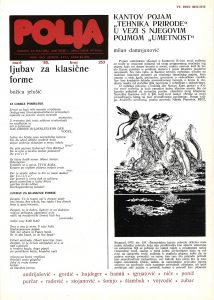
Pojam »umetnost« (Kunst) u Kantovoj Kritici moći suđenja ne može se razumeti polazeći od onog pregnantnog značenja tog pojma koje mi danas imamo u svesti, nakon razvoja koji je posle Kanta potekao u prošlom stoleću i posle iskustva moderne umetnosti.
More...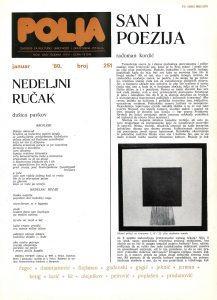
Proučavajući protivrečni karakter avangardne umetnosti i njenu kontroverznu psihologiju, mnogi teoretičari su zapazili izvesne konstante i određene stalne karakteristike avangardnog pokreta u celini.
More...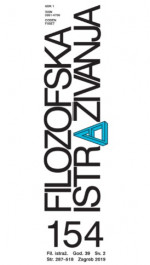
The work Irene, overo della bellezza (Venice, 1599), written by the Renaissance philosopher and poet Michele Monaldi (1540–1592) from Dubrovnik, is considered to be the first aesthetic treatise that originates from Croatia. In that dialogue, Monaldi devoted a whole chapter to music and presented his version of the general theory of it. Monaldi’s thoughts on beauty and music originate primarily from the philosophy of Plato and Aristotle. He was mainly theoretically oriented, thus his ideas on music are primarily based on Plato’s philosophical thoughts, and only partially on Aristotle’s. In the greater part of this chapter, Monaldi does not consider the changes that occurred in the field of music in the second half of the 16th century and on the turn of the 17th century. Thus, his ideas on music and art, in general, can be interpreted almost as a purely theoretical model, without any indications of its possible use in practice. Monaldi’s Platonic orientation is also evident in the form of his work, which is the dialogue form modelled after similar dialogues written by Plato. In some aspects of his discussion on music, though not numerous, Monaldi still relies on Aristotle, especially when it comes to functions of music. In his chapter devoted to music (Dialogo ottavo, fol. 135–153) Monaldi rather thoroughly discusses several aspects of music: the divisions of music into different branches, the intervals, the meaning in music, the functions of music, the modes and the instruments, the relationship between music and politics, the relationship between music and other “objects of hearing”, as well as criteria necessary to achieve “proper music”. Given the fact that Monaldi treated quite a large number of music issues, his work Irene, overo della bellezza is considered to be the most valuable contribution to the reflection on music from Croatia in the Renaissance period. This paper presents Monaldi’s understanding of music, based on the example of his classifications of it into different categories.
More...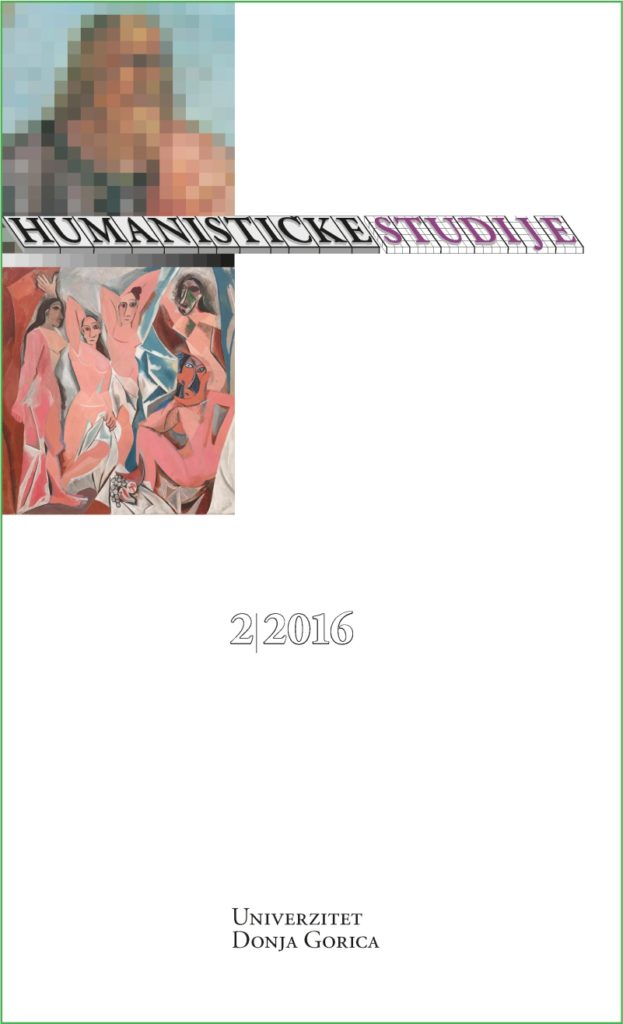
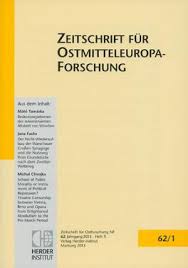
Review of: Das Jahr 1813, Ostmitteleuropa und Leipzig. Die Völkerschlacht als (trans)nationalerErinnerungsort. Hrsg. von Marina Dimitrieva und Lars Karl unter Mitarbeit von Paweł Gorszczyński. (Visuelle Geschichtskultur, Bd. 15.) Böhlau. Köln u. a. 2016. 299 S., Ill. ISBN 978-3-412-50399-4. (€ 50,–.) Reviewed by Hans-Ulrich Thamer.
More...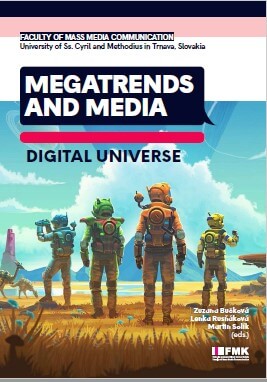
In this paper, the author analyses an increasingly popular form of journalism – newsletters. Journalistic (non-marketing) newsletters are considered from a media aesthetic angle (following Manovich’s and Böhme’s understanding of the aesthetic side of contemporary communication). The material of this article are two American newsletters (Brain Pickings and The Hustle). Four media aesthetic features are described: the template of newsletters (as a combination of usability and attractiveness); the design of newsletters as a form of “aesthetic pleasure of recognition” of media consumption); the personalization of newsletters’ style (an “intimate” epistolary-like discourse); “the immersive style” of newsletters. The “renaissance” of retro-forms of media consumption is analyzed from their technological, cultural and psychological perspectives.
More...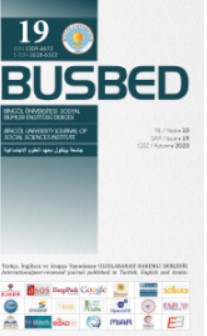
Ahmet Arif is one of the most important poets of Diyarbakır. He has given works in a socialist realistic line and has reflected his emotions into his works with an artistic sensation. He mostly concerns with infrastructural, oppressed and exploited peoples and the difficulties of living in the Eastern part of Turkey. He is one of the most important Marxist poets in Turkey. The most important aspect that distinguishes Ahmet Arif from the other Marxists is his focus on village life and mountain life instead of tending to city life. Ahmet Arif, son of a civil servant, describes the people and his sights in his poems, but reflects this reality in a unique and aesthetic way with unusual interlocks, local expressions and melodic lines of the East. This Marxist and aesthetic aspect makes the poet my subject matter.
More...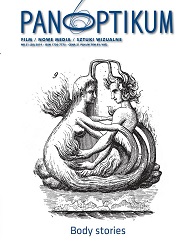
The paper discusses topics such as bioart, in the perspective of a cultural phenomenon, present in contemporary Polish and world art. The space of contemporary art, which as a material of expression uses specialist knowledge in the field of bioengineering and tissue culture along with living material, has been a challenge for artists and analysts of art, culture, science and ethics for years. The activity of Eduardo Kac is recalled as well as the Polish bioartist, Karolina Żyniewicz. In her projects, the artist collaborates with scientists, building an interdisciplinary platform for the exchange of knowledge and experiences. These deliberations are supplemented with literature on bioethics: positions, opinions and other regulatory documents (The Committee for Bioethics PAS, the Council of Europe, CIOMS, UNESCO) in the context of non-medical and artistic activities. The paper is an attempt to find answers to questions about the way in which new bioethical regulations should be updated and formulated. What bioethical strategies should be taken in this historical moment of our time, where an artwork is both artistic and also strictly scientific?
More...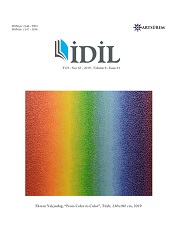
Artists have examined methods of representing the reality for centuries. While various ways of representation of truth were explored, some artists tried to reveal the truth itself rather than depicting a similar one. These artists eagerly wanted to break the distance with their subjects and expored ways of incorporating the senses such as the urge of touch and smell. To exist in this World meant to fully experience it instead of recording life from a secure zone. 17th century Western art witnessed artists pushing the limits of the sensory representation in animal depictions. For instance, Rembrandt in his painting Slaughtered Ox, achieved to incorporate the senses of touch and feeling of heavy weight through the thick application of the paint. Rembrandt’s other paintings of the similar anatomical content are similar to the Slaughtered Ox in terms of revealing the what is inside of a living body. Like Rembrandt, artist like Chaim Soutine, Francis Bacon, and finally Damien Hirst depicted the nature as a representation of something beyond the senses. Starting from Rembrandt, this paper will examine how each of these artists achieved to create such absolute genuity in their depiction of the animal carcass.
More...
In this study, the paradigm of art, which changes according to the scientific structure, is examined within the scope of bioart; In the 21st century, the examples of bioart applications in the arts have been discussed and explained. Nowadays, it is necessary to accept the current facts as to where art is on, what processes and parameters it is going on, and which reflections it will present on its journey. At the point where these human-centered changes in the biosphere have reached an unstoppable pace, art also needs to bring up the current scenarios, including interventions. In the paradigm of art, the depiction of extinction or re-existence in the anthropocene age we are in is depicted as the beginning of its most primitive form, and the ability to represent will continue to be reflected to humanity with the services of the artist in the context of the existing systems. Despite the developments in art in the global context, it is seen that interdisciplinary practices are not widespread in art education in our country today. Based on the necessity of updating the content of art education and integrating it with the data of the age; It was concluded with the opinion that the lack of bioart applications and the beginning of the researches will be started. In the documentary research, the biotechnological applications included in the field of bioart were explained with the artist and his creation. In the light of the data obtained, it was concluded that interdisciplinary studies in this field of design contribute to art.
More...
Art and fashion have influence eachother for centuries. When the works of artists and clothing designers who worked in the same period are examined, it is seen that they are influenced by eachother and they even work together. Op Art is a movement based on the system at each vestigation of the light and the light that brings the eye forward and backward to create visual-perceptual effects. In this article, the works of Victor Vasarely, Bridget Riley and Richard Anuszkiewicz, one of the artists who are the artists of Op Art, one of the trends that marked the 1960s, are reflected in the designs of Andre Courreges, Mary Quant, Pierre Cardin and Paco Rabanne who are the clothing designers of the same period. It was investigated. In this study, the interaction of the artists of Op Art with the clothing designers in the same period is explained with the visuals.
More...
Londra eleştirmeninin söylediği gibi, Ellsworth Kelly'i bütün Amerikalı sanatçıların “en derinden klasik olanı" olarak adlandırmak abartılı olabilmektedir. Ancak, 20. yüzyıl Amerikan sanatının kayıtları içinde onun yegane vizyon ve başarısının, yakın zamana kadar elde ettiğinden daha yüksek bir sıralamayı hak ettiğine ikna olmuş durumdayım ( Dorment, 1997:23). Bir dizi yeni sergi ve özellikle, 1996-1997 yılları arasındaki büyük uluslararası retrospektif sergisi, onun ününe yeni bir parlaklık eklemiştir. (Oysa 1996’daki Modern Sanatlar Müzesi aynı derecede iddialı Jasper Johns'un retrospektifi üzerinde tam tersi bir etki yaratmıştı). 50 yıllık sanat hayatından sonra, Kelly kendini oldukça tutarlı, bağımsız ve hatta evet ahlaki açıdan ilham verici olarak kanıtlamıştır.
More...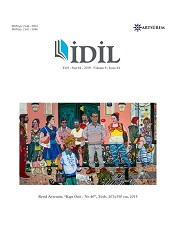
The industrialization process, which is the undisputed main actor of social transformations for nearly one hundred and fifty years, is an important factor triggering urban problems. This process, which is one of the main determinants of social and urban dynamics, has an indispensable effect on the increasing growth of important problems related to urban growth, development and planning. The urban texture of the pre-industrial urban environment has been transformed with the changing production techniques and the cities, which have the character of an art work, have become a product. This negative transformation, spreading in a global influence, has infiltrated into daily life and prepared the ground for the emergence of ugliness, kitsch, incompatibility, distortion and commodification in urban space. Post-industrial cities need to be repaired with some kind of renaissance, a planned process of thought and activity. Urbanization problem; aesthetics, political, spatial and cultural can be opened to a discussion in a spiral, design and solution processes can be carried out in this axis. One of the ways to solve the problems that arise in the process of creating urban fabric is to take concrete steps in order to transform the city into a ından work deneyim that is experienced again. First of all, we must return to the tradition of urban space-art cooperation which has been going on since Ancient Greece. In this context, inclusion of the possibilities of contemporary art in the planning processes of spatial productions may contribute to the practices of constructing physical, social, mental and spiritual spaces in urban fabric, may help to repair the deterioration of post-industrial urban fabric, and may form a common denominator in problem-solving.
More...
With its structure that pushes limits, art has the function of processing, extending and reproducing the world and referencing the future. It shows us that other worlds are possible with its utopian essence and its relationship with utopia. Throughout the historical process, the utopian urge has always worked in relation to sensual forms. Utopias that have a hybrid structure in terms of genre fuse the literary with the political. The utopian essence of art is also the centerpiece in the harmonious society fantasies of the 19th century societal utopians. Utopian thinkers strived to realize the promises of the French revolution and imagined harmonious societies, ideal systems where life transforms into art. All these utopian ideas and attempts stemmed from the desire to meet the needs of the society in which they were created. These thinkers believed that art and artists will lead the transformation of society. The actual inheritors of their utopias turned out to be avant-garde artists. In the study, first the general structure of utopia as a narrative genre is presented, and then the utopian aspect of art and its relationship with utopia are examined with the descriptive analysis method. As the art and utopia concepts have a very wide scope, it was deemed necessary to set boundaries in the study, and the utopian thinkers that gave a central role to art and artist in their harmonious society fantasies in the romantic utopias of the 19th century were considered. The utopian society fantasies of romantic utopian thinkers influenced the aesthetic history and the avant-garde movements. All the criticisms and destructiveness of avant-garde art stem from the desire and hope for a new society and new humanity and the utopian urge.
More...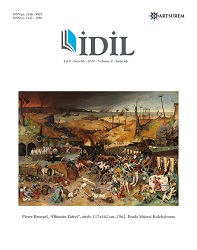
Poster design is a medium which transmits the required information for the product or service to be promoted to the audience. Illustration is a word derived from French and means to figure an idea by drawings. Today illustration has enabled target messages to be transmitted more effective when it unites with poster medium. In this context, the purpose of this study is to analyse poster designs, one of the print ads media including illustration in terms of creative idea, audience, problem status and graphic design regarding the impact of illustration on the audience. The study is a qualitative research and screening model was applied. A literature review was conducted. An analysis form was prepared within the framework of the collected data and expert opinion. Finally, 5 poster designs including illustration were analysed and interpreted..
More...